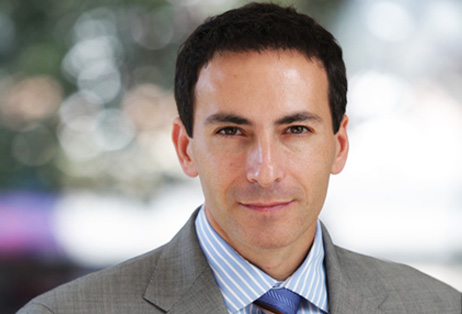Guiney: Tax Cap Could Trigger Mt. Pleasant School Layoffs

Mount Pleasant School District Superintendent Dr. Susan Guiney warned residents last week that the 2012-13 budget may feature significant cutbacks, including layoffs, placing the blame for the district’s predicament on the state’s tax cap and unfunded mandates.
Guiney will provide further details when the non-instructional budget is unveiled on March 14 and the instructional budget is introduced on March 21. The public will vote on next year’s spending plan on May 15.
“We’re going to have to make some tough choices,” Guiney said.
The 2012-13 academic year will be the first in which school districts in the state will be limited to a property tax levy increase of 2 percent or the inflation rate, whichever is lower.
“This is the biggest thing affecting the budget,” Guiney said.
To stay within the cap, the district can spend no more than $45,068,040, according to district calculations. That would mean officials would have to reduce spending by $931,460 for next year, Guiney said.
The cost reductions could mean layoffs. If the district approved a budget with a 2 percent tax levy increase, there could be between eight and 10 job losses, she said. No increase in the tax levy would translate into 14 to 16 layoffs, she said.
In order to avoid any layoffs, there would need to be a 4.1 percent hike in the levy. For the levy to exceed the cap, at least 60 percent of district voters must approve the budget.
Following the Feb. 8 meeting, Guiney said she had not decided how the layoffs would be split between instructional and non-instructional staff.
Aside from the tax cap, several other factors would affect next year’s budget–unfunded state mandates, higher employee pension costs, health insurance costs, which are expected to rise by 8 percent, tax certioraris and a new state formula for evaluating teachers and principals, Guiney said.
Guiney said she has held a series of meetings with residents, who listed their priorities for next year’s budget. The top three priorities are maintaining current class size, keeping full-day kindergarten and continuing “to pursue rigor and excellence at the secondary level for college readiness.”
But residents also wanted officials to find efficiencies in student transportation and negotiate new employee contracts “with the taxpayers in mind,” she said.
Goals for next year’s budget include supporting the district’s five-year strategic plan; maintaining the integrity of programs and services for students; complying with the tax cap; and supporting fiscal responsibility in a challenging economic climate.
A demographic study commissioned by the district concluded that projected enrollment will be 1,922 students at the start of next year and is expected to decline to 1,843 students in 2016, Guiney said.
The district is also negotiating new contracts with all of its unions.
Resident Pamela Clarke asked if a less expensive health insurance plan for employees could be sought, with more emphasis on preventative care. Guiney said the district is part of a consortium with other districts that does not include preventative care programs, but she was willing to look at other plans in the future.
Resident Eric Seyfried said he hoped the unions and the district would be creative in contract negotiations to hold down costs. Seyfried said while he supported “small increases” in school taxes, the community would not be willing to vote for a budget with a 4 or 5 percent tax hike.

